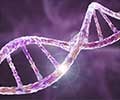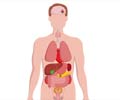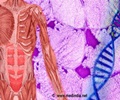A common gene mutation in Amyotrophic lateral sclerosis generates a deadly protein that may cause the damage in the brain that leads to the condition, reveals a new study published online.

Senior author Davide Trotti, Ph.D., co-director of the Weinberg Unit for ALS research at Thomas Jefferson University explored three leading hypotheses. The first idea, that the C9orf72 mutation in ALS disrupts the gene's normal function in the cell did not hold up. When the researchers knocked down expression of the gene, reducing how much of the protein was made, neurons continued to behave normally, suggestion that the C9orf72 gene is not essential to neuronal health.
The other possibility was that the repeat sequences contained in this gene generate a product - either RNA or protein - that is toxic to the cell. The RNA transcribed from the C9orf72 gene is folded into an unusual shape called a G-quartet, resembling a stack of plates, which may have interfered with normal cell functions. A third option was that it was that the proteins aberrantly generated from this large repeat sequences in the C9orf72 gene of ALS patients were somehow toxic to neurons.
Dr. Trotti and colleagues generated synthetic version of the RNA G-quartets and inserted them into healthy cells that did not contain the C9orf72 mutation. Neurons that had longer versions of the quartets (more plates in the stack) had two times greater chance of dying than those with fewer G-quartets, suggesting that this mechanism might play a role.
However, the most compelling evidence came when Dr. Trotti and colleagues tested the proteins created from the C9orf72 RNA. Although five distinct proteins could be generated from the same RNA sequence, the researchers found that one of the five caused the greatest amount of damage to the cell. The protein chain made from repeats of the amino acids proline (P) and arginine (R), called a poly-PR chain, accumulated in the nucleolus and very rapidly killed the neuron that produced it.
By tracking the fate of a living neuron in real-time, the researchers could see that as more PR protein accumulated in the nucleolus, the cell became more bloated and then suddenly died. The reaction was rapid, occurring within 72 hours.
"These studies suggest that if we could prevent the formation of PR aggregates or promote breaking them up, we could help prevent the motor neuron damage that causes the symptoms we see in ALS patients," says Dr. Trotti.
 MEDINDIA
MEDINDIA
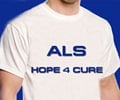

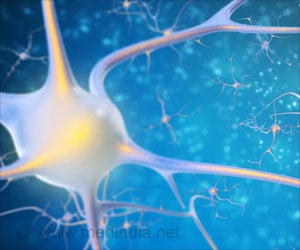

 Email
Email
